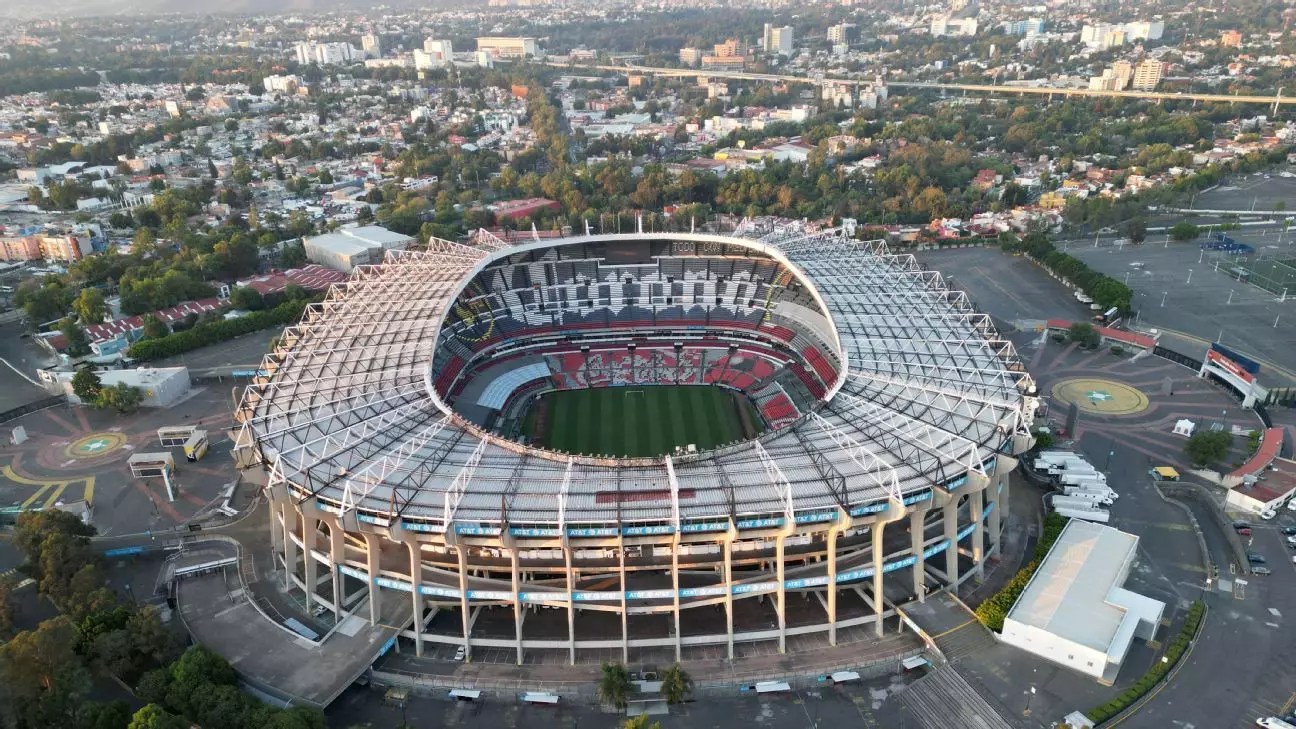Estadio Azteca, a monumental symbol of football in Mexico, is stepping into the future with a pivotal transformation. Renowned as the venue for the epic 1970 and 1986 World Cup finals, this legendary stadium is set to become the first ever to host three World Cups when it welcomes the world once again in 2026. The historic name, synonymous with triumph and sporting excellence, is being updated to Estadio Banorte, following a strategic partnership with Banorte, one of Mexico’s major financial institutions. This renaming is not merely cosmetic; it represents a commitment to vast investments aimed at modernizing the venue and enhancing its global stature.
Investments Making an Impact
With a staggering loan of 2.1 billion pesos ($105 million) from Banorte, the stadium’s remodeling is poised to elevate its status and amenities to meet international standards. This extensive financial commitment builds upon the 1.5 billion pesos ($75 million) already invested by Ollamani, the stadium’s owners. Such investments signal a robust vision for the future, illustrating a blend of financial resources and local pride. Emilio Azcárraga Jean, the owner of Ollamani, emphasized the importance of this collaboration, stating it honors the stadium’s rich legacy while also aiming for modern advancements. The belief is clear: Estadio Banorte will not simply be a venue for sporting events but a showcase for Mexico’s cultural grandeur.
Challenges Ahead: Naming Rights and Global Regulations
However, this transformation is not without its challenges. One of the major hurdles is FIFA’s strict regulations regarding sponsorships during World Cup events. Despite the rebranding to Estadio Banorte, the stadium will revert to a generic name for the duration of the tournament, stripping it of its newly acquired identity. This peculiar aspect of FIFA’s commercialization policies raises questions about brand identity versus global sporting events. It underscores a contradiction within the relationship between commercial interests and the authenticity of iconic venues like Estadio Banorte. Such restrictions could dull the excitement that comes with the stadium’s new chapter.
A Vision for the Future
While the name change and renovation symbolize progress, they also provoke a larger dialogue about the relationship between sports, branding, and cultural heritage. Estadio Banorte holds a dual identity; it stands as a historic site filled with memories and triumphs, yet, it must now also contend with the demands of modernity and profitability. As preparations for the 2026 World Cup continue, the integration of advanced technologies and facilities will play a crucial role in ensuring that this stadium can remain a focal point of national pride.
Moreover, the endeavor is not just about the structures or the finances; it’s about the stories, the legacy, and the spirit of the fans that define Estadio Banorte. This is a moment in time where the past, present, and future converge, making the upcoming years not just a metamorphosis but a renaissance of one of the most cherished symbols of sporting history in Mexico.


Leave a Reply